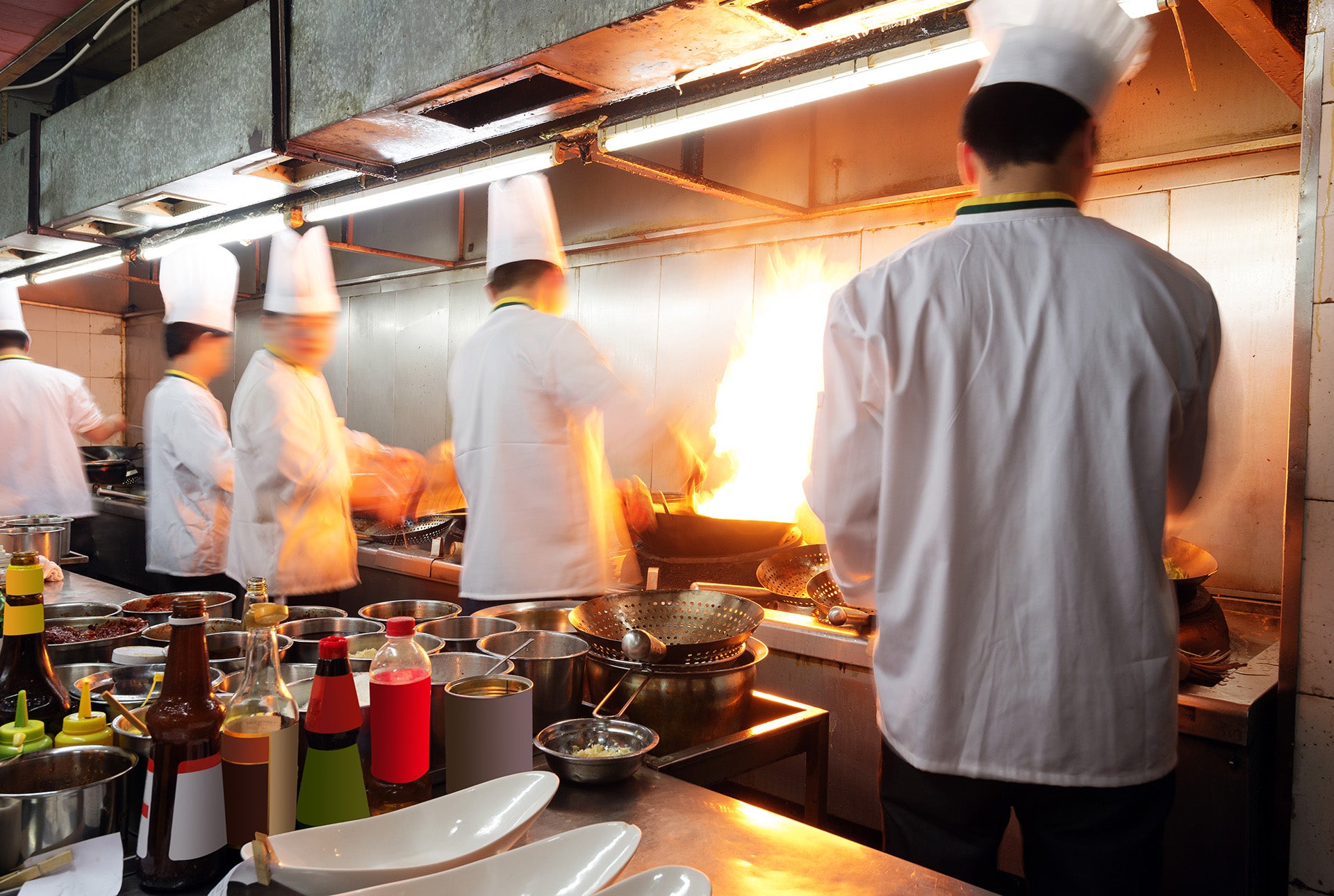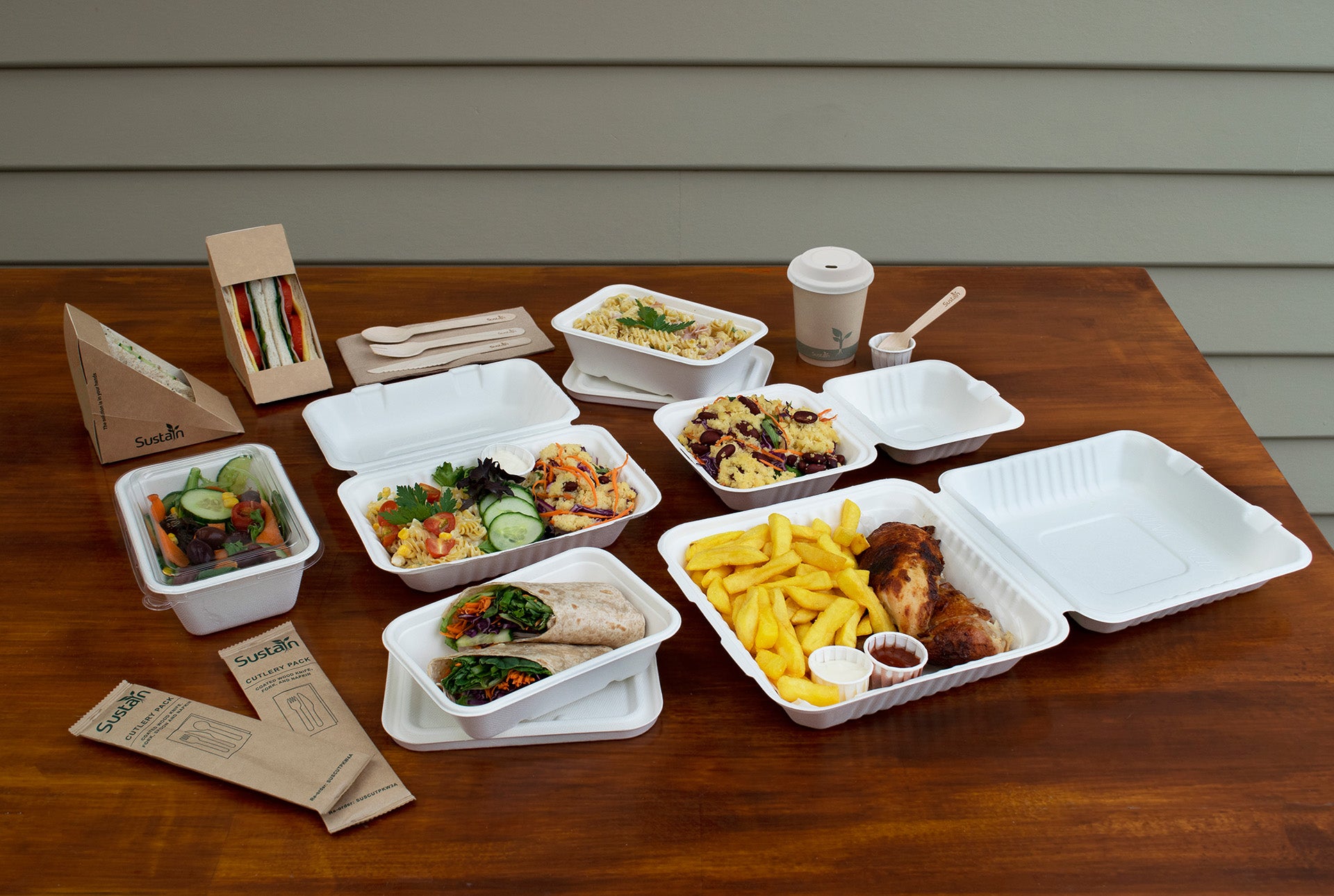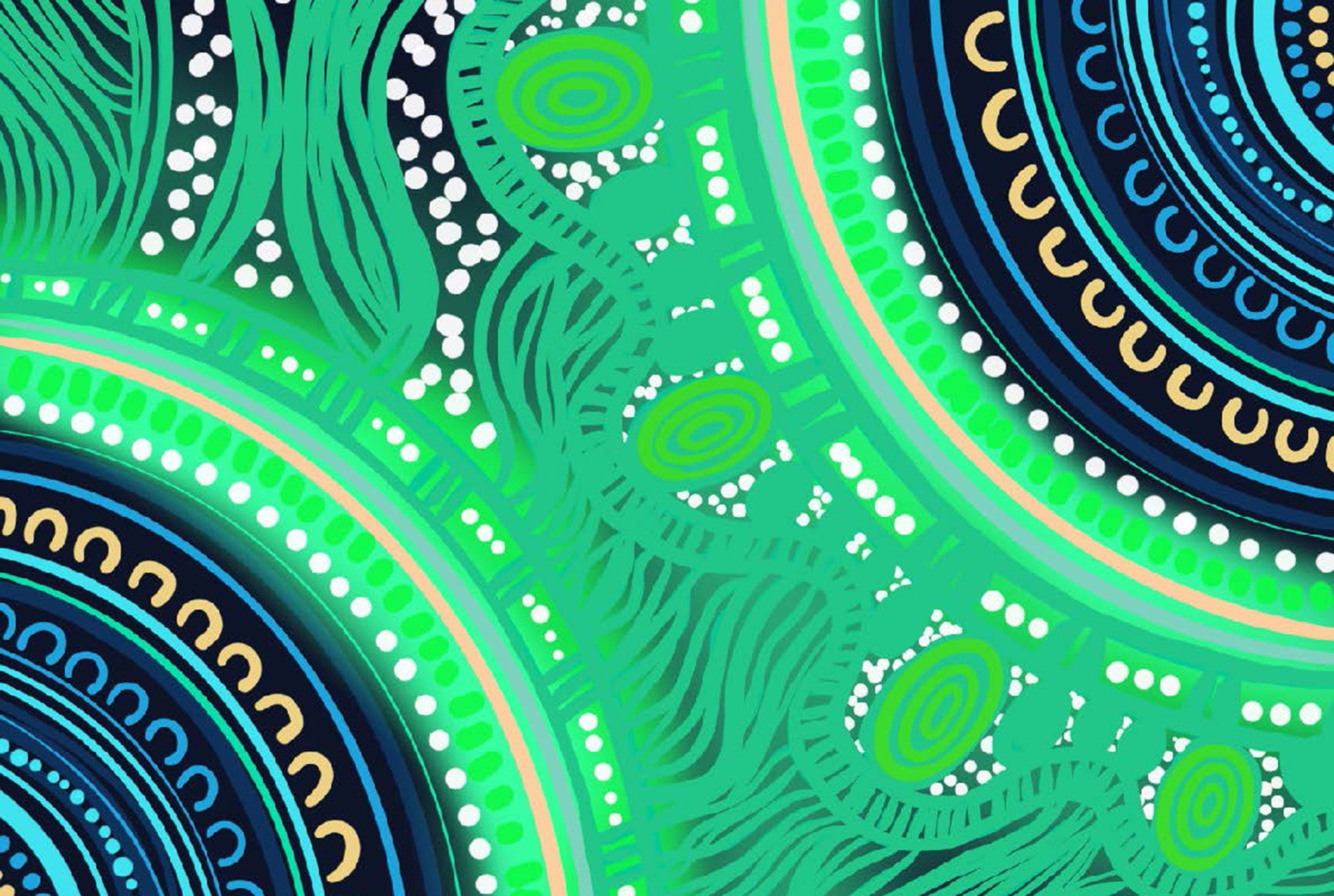Each day in Australia we throw out 2.7 million disposable coffee cups. That comes to a total of 1 billion per year. What many people may not know is that even your standard paper coffee cups are often difficult to recycle. Traditional disposable cups are lined with either PLA or a bio-plastic for waterproofing, which means in order to be recycled that lining has to be separated and removed first. This, coupled with the single use plastic bans occurring across Australia, has increased the need and urgency for businesses to find sustainable disposable paper coffee cups.
Understanding what kinds of cups are the best fit while also taking into consideration sustainability and the environmental impact they have can be a tricky balance.
According to the CMO, consumer awareness of environmental issues is at an all-time high with 8 in 10 Australians having the expectation that the businesses they shop at, will be environmentally conscious. As such, the decisions you make around this will have an impact on your businesses.
Key Factors to Consider When Choosing the Right Coffee Cup for Your Business:
Consider the quality and branding of your business. Materials that are used by businesses now have an impact on their customers perception of that business. For example, using kraft paper cups can suggest a higher concern for sustainability over a more traditional white paper alternative (even if this is not the case).
As more people are trying to reduce the waste they produce, finding hot cups, straws, stirrers, and cup sleeves made from sustainable materials can contribute to your brand and help establish a loyal customer base who share the same values.
Disposable Cup Sizing and Types of Beverages:
Selecting your range of sizes for your hot and cold drinks will have its own benefits to your business. It may allow you to extend what you can serve to your customers as some coffee types are better suited to different sizes.
A 4oz (118ml) cup is most likely the smallest cup you can provide in a coffee shop. This is best suited for espresso shots and piccolo lattes.
The 6oz (177ml) cups are commonly used for an extra small sized coffee. These cups can be used for any drink but are better suited for coffee types with less froth as the milk to coffee ratio is more balanced this way.
The next size up is your 8oz (227ml) cups, which are generally more common than 6oz and serve as a small or sometimes, a medium sized cup.
A 12oz (355ml) is considered the perfect size for your medium hot drinks like lattes, cappuccinos or hot chocolates.
The final most common takeaway coffee cup sizes are 16oz (473ml) which are popular for customers who are having their morning coffee and want to drink it during their work commute.
In the way of cold beverages like iced coffees, the sizing tends to have some variation to the normal hot beverage cup range. There are 8oz, 10oz and 14oz rPET cups which are all suitable for cold drinks like iced coffees, iced lattes, iced chocolates and even milkshakes.
Types of Disposable Coffee Cups:
With materials comes the different wall structures of coffee cups. They both have different uses and purposes, making it customisable to your customers.
Single Wall Coffee Cups
These cups are made with only a single layer of carboard, making them better for cold drinks as they are thin. If used for hot drinks, a customised cup sleeve can be added, making the hot coffee easier to hold and creating a brand awareness.
Double Wall Coffee Cups
Double wall cups provide the maximum amount of insulation, keeping your drinks hotter for longer. Using a double walled cup can be more economical as there would be no need for a cup sleeve. This is a great option for your business as they are considered more high-quality due to the extra layer of paperboard, helping to keep your drinks hotter and maintain the same flavours of the freshly brewed coffee.
A different version of the traditional double wall cup is the embossed cup. The embossed design has the same benefits of the double-layered coffee cup, in that it keeps the drinks hotter for longer. The textured surface helps to create a non-slip surface better suited to the elderly as it has a comfortable and tactile feel.
Materials Used in Disposable Coffee Cups:
With bans on single use plastic becoming more common across Australia, finding sustainable solutions for something like disposable cups can be difficult for business owners. We know disposable cups contribute heavily to waste statistics and up until recently, paper cups were not compostable because of the plastic lining used for waterproofing. Now bioplastic linings, Polylactic acid (PLA) and water-based barrier coatings (WBBC) exist so that paper cups can be composted.
PLA
PLA is made from plant starch like corn, cassava and sugarcane. The sugar from these materials is fermented then turned into lactic acid, which is then converted to PLA. As this product is made from organic materials, it can be composted at its end-of-life under specific conditions.
Aqueous Lining
An alternative to a bioplastic lining like PLA is an aqueous lining or a water-based lining. Unlike the PLA lining, aqueous is not glued to the paper of the cup, rather it acts like a paint that soaks into the paper fibres. Aqueous is made of a non-toxic chemical composition and can be composted at commercial composting facilities at their end-of-life.
Recycled Paper
Disposable coffee cups are now also being made from recycled paper or are certified by the Forest Stewardship Council, which means they are made from well-managed and ethically sourced paper. These products go through a lengthy process to be considered FSC-certified, and these materials can then be recycled at their end-of-life if they don’t contain a plastic lining or other contaminants.
rPET
Another material commonly used for disposable cold coffee cups is rPET (polyethylene terephthalate). This material is the recycled plastic from bottles which is cleaned, shredded and crushed before being melted to create new cups and lids. Because this is a strong and crack resistant material, it is best suited for cold drinks like iced coffees. RPET is a sustainable disposable cup because they can help contribute to a circular economy.
With the variety of sustainable cups on the market, people often forget about the coffee cup lids and finding compostable or recyclable alternatives. Lids need to be functional and leak-proof, while also being sustainable. Lids made from PLA or sugarcane pulp can be great renewable alternatives to plastic variants – and are compostable in commercial composting facilities.
Our Top Picks: The Best Disposable Coffee Cups
Sustain’s aqueous double wall kraft paper cups (SUSDWA12) are made of Forest Stewardship Council® (FSC®-C117930) certified materials and can be composted in industrial facilities and recycled under specific conditions.
To match Sustain’s cups, these sugarcane lids (SUSHCLP12/16) are perfect for hot and cold drinks. They are a functional lid and are made from renewable materials. They can be composted in industrial facilities and are considered recyclable.
Finding the right disposable coffee cups doesn't need to be so difficult. Discover a range of sustainable cups to meet your businesses needs with Bunzl Express.






